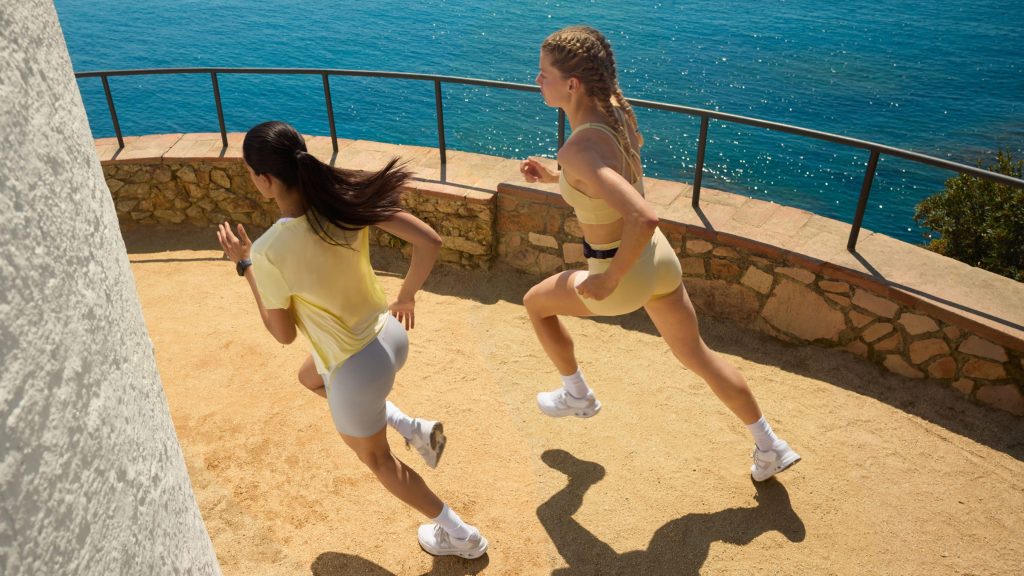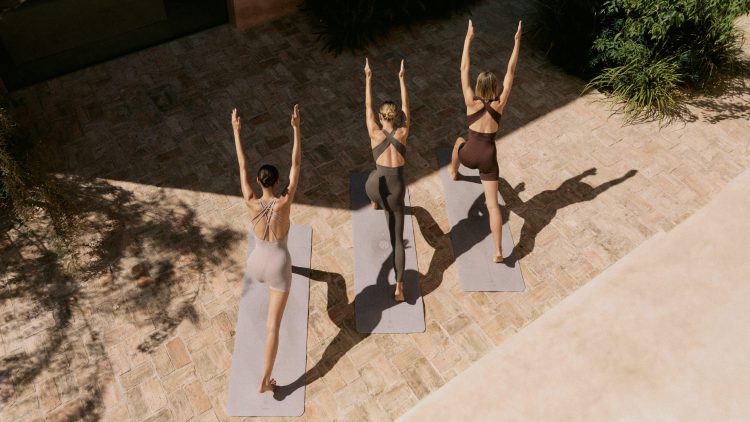The Rising Popularity of Walking Meditation
Walking meditation, an ancient practice rooted in Buddhist traditions, has experienced a resurgence in modern wellness communities. Unlike seated meditation, walking meditation integrates mindfulness with physical movement, promoting heightened awareness of the body and environment. It is particularly favored by those who find stillness challenging or seek to incorporate mindfulness into their daily routines. Traditionally performed barefoot or in simple footwear, this practice emphasizes sensory engagement—especially through the feet. But could adding textured footwear enhance the meditative experience? Recent research into plantar stimulation suggests that the sole of the foot is a powerful conduit for sensory input that may deepen mindfulness during walking meditation.
Plantar Stimulation and Its Neurological Impact
The plantar surface of the foot is rich in mechanoreceptors—specialized sensory neurons that detect pressure, texture, and vibration. These receptors send constant feedback to the brain, helping maintain balance and proprioception (awareness of body position). Studies in neuroscience show that stimulating the foot’s sole activates areas of the brain linked to somatosensory processing and interoception, the awareness of internal bodily states. When combined with mindfulness practices, this enhanced sensory input may anchor attention more firmly in the present moment. For walking meditation, where the goal is to cultivate deliberate awareness of each step, textured footwear could amplify these sensations, potentially increasing focus and emotional regulation. Early experimental studies indicate that plantar stimulation through textured insoles or sandals modulates activity in brain regions associated with calmness and body awareness.
Therapeutic Sandals and Textured Insoles: A Review
Over the past decade, footwear designed specifically for sensory stimulation has gained attention in physical therapy and complementary wellness. Therapeutic sandals, often embedded with nodules, bumps, or acupressure points, aim to stimulate reflexology zones on the feet linked to various organs and systems. Similarly, textured insoles with patterns mimicking massage rollers or raised bumps provide continuous mild stimulation with each step. Clinical trials examining these devices have reported benefits including improved circulation, reduced foot fatigue, and decreased anxiety symptoms in some users. In the context of walking meditation, these shoes offer a way to integrate somatic feedback naturally without compromising comfort or gait. Brands specializing in minimalist shoes with textured footbeds are increasingly marketed toward mindfulness practitioners, highlighting sensory engagement as a feature to deepen the walking experience.
Mechanisms Behind Sensory Enhancement in Meditation
Mindfulness hinges on the deliberate observation of sensations without judgment. Textured footwear can introduce a richer array of tactile stimuli, compelling meditators to maintain attention on the subtle variations of pressure and movement beneath their feet. This heightened sensory load may counteract common meditation challenges such as mind wandering or distraction. By grounding awareness in the nuanced experience of foot contact with the ground, textured footwear helps cultivate a “bottom-up” mindfulness—one that begins with bodily sensation and radiates outward to mental clarity. Additionally, the gentle massage-like effect of textured soles can activate the parasympathetic nervous system, promoting relaxation and stress reduction. This dual somatic-cognitive engagement is key to why textured footwear may make walking meditation not only more immersive but also more restorative.
Creating Urban Walking Meditation Routes
Walking meditation traditionally occurs in natural settings where varied terrain offers abundant sensory input. However, urban environments often lack this diversity, presenting smooth pavements and repetitive surfaces. To maximize the benefits of textured footwear, practitioners can design urban routes that include a range of tactile experiences: cobblestones, wooden boardwalks, gravel paths, and grass patches. Integrating such varied textures into daily walking meditation encourages continuous engagement and reduces monotony. Public parks, botanical gardens, and waterfront promenades often provide ideal settings. Additionally, some urban wellness centers have begun installing “sensory paths”—walkways embedded with different materials specifically designed to stimulate the feet. By mapping out these textured routes, city dwellers can adapt walking meditation into their routines without sacrificing sensory richness.
DIY Approaches to Enhance Sensory Input at Home
For those without access to textured sandals or specialized insoles, simple DIY methods can offer a tactile boost. Placing a small mat with pebbles, rubber nodules, or silicone bumps at the entrance of the home or meditation space invites foot stimulation before and after walks. Incorporating textured rugs or mats with raised patterns inside can also prepare the mind for meditation practice. Another approach is barefoot walking on safe, varied surfaces such as grass or sand when possible. Even a short period of mindful foot stimulation before stepping outside can prime the nervous system for enhanced awareness during walking meditation. These affordable, accessible strategies democratize the sensory experience and encourage daily practice.

Safety and Comfort Considerations
While textured footwear offers many benefits, comfort and safety are paramount. Ill-fitting or overly rigid shoes can cause foot pain or alter natural gait mechanics, detracting from the meditative experience. It’s essential to select footwear designed for prolonged use with appropriate arch support and cushioning. Gradual adaptation is recommended for those new to textured insoles or sandals to prevent soreness. People with foot conditions such as plantar fasciitis, neuropathy, or diabetes should consult healthcare providers before introducing textured footwear. Moreover, walking meditation requires focus on footing and balance, so navigating uneven terrain should be approached mindfully to avoid injury. Responsible use of textured footwear balances sensory enhancement with physical well-being.
Integrating Breath and Foot Sensation
A powerful way to deepen walking meditation with textured footwear is by synchronizing breath awareness with foot sensation. Practitioners can match the inhale to the lifting of one foot and the exhale to the placing of the other, all while maintaining attention on the textured contact points. This triadic focus—breath, foot sensation, and movement—builds a cohesive mindfulness loop that engages multiple sensory and cognitive pathways. Breath acts as an anchor to steady attention while foot texture provides constant sensory feedback, reinforcing presence. Instructors often recommend this approach to beginners, noting that it slows the pace of walking and increases body awareness, further enhancing the meditative quality of the practice.
Scientific Gaps and Future Directions
Though promising, research on textured footwear and walking meditation remains in its infancy. Current studies often involve small sample sizes or focus on related areas such as balance or sensory therapy, rather than meditation per se. Large-scale randomized controlled trials are needed to confirm effects on mindfulness, stress reduction, and emotional regulation. Future research could also explore optimal texture patterns, footwear materials, and their interaction with individual sensory profiles. Advances in wearable technology may enable real-time monitoring of foot pressure and brain activity during walking meditation, offering insights into personalized sensory stimulation. Bridging gaps between neuroscience, design, and contemplative practice holds the potential to revolutionize how we approach mindfulness in movement.
Conclusion: A Step Toward Mindful Movement
Textured footwear is emerging as a subtle yet powerful tool to enrich walking meditation, blending ancient mindfulness traditions with modern sensory science. By enhancing plantar stimulation, such footwear may deepen somatic awareness, promote relaxation, and improve focus. Urban practitioners can leverage textured shoes to compensate for monotonous city surfaces, while DIY sensory mats offer home-based alternatives. As research expands, the interplay of footwear design, neurobiology, and contemplative practice promises exciting new avenues for holistic wellbeing. Whether you’re a seasoned meditator or new to mindfulness, considering the shape, feel, and texture of what touches your feet could transform each step into a richer, more connected experience.










































